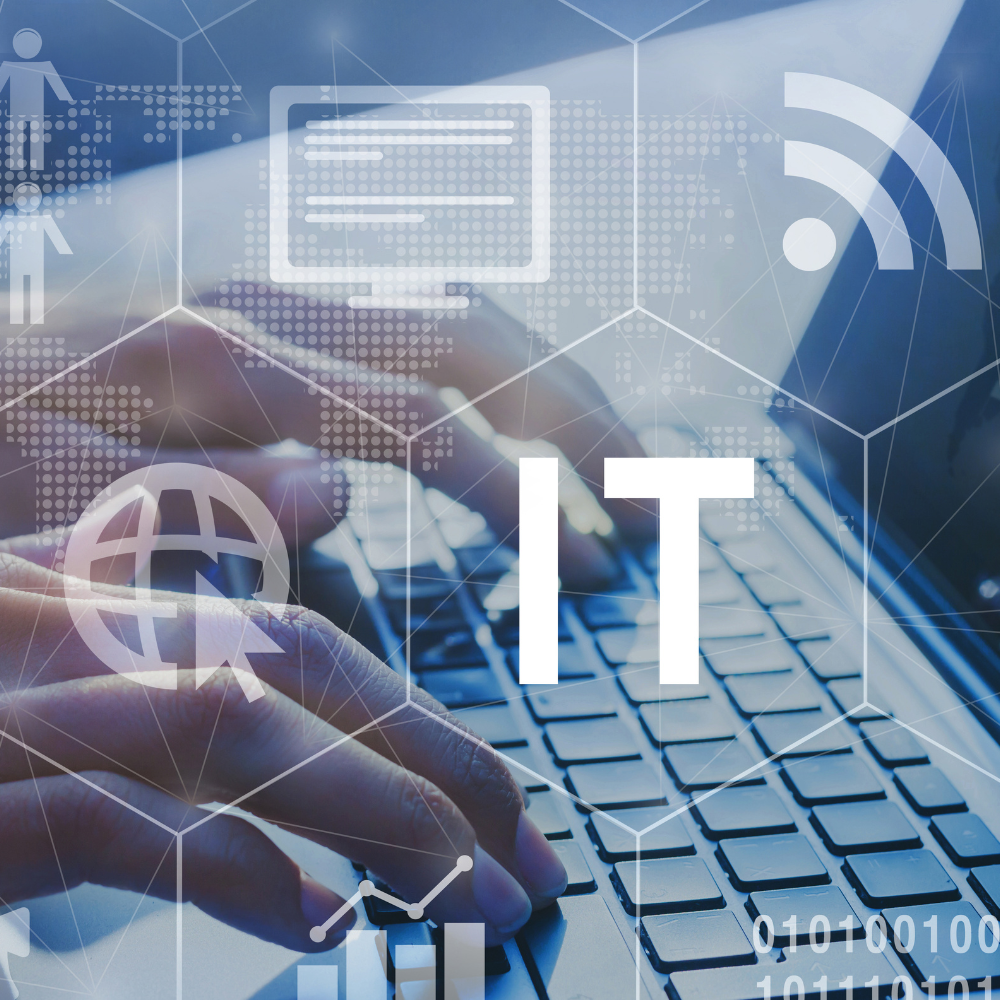IT
-
Technical Support (Level 1 & Level 2): Providing first and second-line support for issues such as software troubleshooting, hardware failures, and network connectivity problems.
Remote Support: Offering quick, efficient remote support via tools like remote desktop sharing, allowing issues to be resolved without the need for on-site visits.
On-Site Support: For more complex issues, sending technicians to client sites to resolve problems that cannot be fixed remotely.
Ticketing System & Incident Management: Implementing an efficient ticketing system to track, manage, and resolve client issues, ensuring no issue is left unresolved.
Password Management: Assisting users with password resets, account unlocking, and access management to ensure smooth workflows.
Software Installation & Configuration: Supporting the deployment and setup of software applications, updates, and patches across user machines.
Hardware Support: Troubleshooting and repairing hardware, including desktops, laptops, printers, and other peripherals.
Network Connectivity & Performance Troubleshooting: Resolving network issues, including Wi-Fi connectivity, VPN access, and local network configurations.
User Training & Onboarding: Providing user training on new software or tools, onboarding new employees, and ensuring users are proficient with systems and technologies.
System Maintenance & Updates: Managing regular software updates, antivirus scanning, and system optimization to ensure the health of IT systems.
24/7 Support: Offering round-the-clock support for urgent issues, ensuring continuous productivity without interruptions.
-
Initial Contact: Users can contact the helpdesk via phone, email, or live chat. We ensure that all issues are logged into our ticketing system, allowing for quick identification and resolution.
Issue Diagnosis & Prioritization: Issues are categorized based on severity, with critical issues being prioritized to minimize downtime. Simple issues are resolved quickly, while more complex ones are escalated to higher-level support.
Resolution & Communication: We work diligently to resolve the issue, keeping the client updated on progress. Once the issue is resolved, users are informed and guided on best practices to avoid recurrence.
Follow-Up & Feedback: After issue resolution, we follow up with users to ensure satisfaction and gather feedback on our services for continuous improvement.
-
Ticketing Systems: ServiceNow, Jira Remedy, Zendesk, etc. for managing, tracking, and resolving support requests.
Remote Support Tools: TeamViewer, AnyDesk, RemotePC, Bomgar, etc. for efficient remote troubleshooting and resolution.
Knowledge Management: Confluence, SharePoint for creating a knowledge base that end-users can refer to for self-help.
Collaboration Tools: Microsoft Teams, Slack for seamless communication with clients and users.
Monitoring Tools: SolarWinds, Nagios for real-time system monitoring and proactive issue resolution.
Password Management: LastPass, Okta for secure password management and access control.
-
CompTIA IT Fundamentals (ITF+)
CompTIA A+ (for general IT support professionals)
ITIL Foundation (for IT service management best practices)
Microsoft Certified: Modern Desktop Administrator Associate
Cisco Certified Network Associate (CCNA) (for network support)
-
Critical Issues (P1): Response time of less than 15 minutes and resolution within 2 hours.
High Priority Issues (P2): Response time of less than 30 minutes and resolution within 4 hours.
Medium Priority Issues (P3): Response time of less than 1 hour and resolution within 8 hours.
Low Priority Issues (P4): Response time within 4 hours and resolution within 1 business day.
After-Hours Support: 24/7 availability for critical issues, with response times adjusted as per the severity of the problem.
-
24/7 Availability: Providing round-the-clock support to ensure your systems are always operational.
Proactive Issue Monitoring: Offering continuous system monitoring to detect and resolve issues before they impact users.
Regular System Updates: Scheduling routine updates, software patches, and system optimizations to keep environments secure and up-to-date.
End-User Training: Offering ongoing training sessions to empower users to troubleshoot and resolve basic issues independently.

